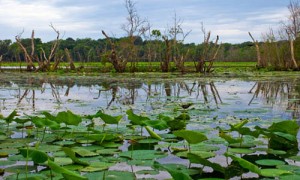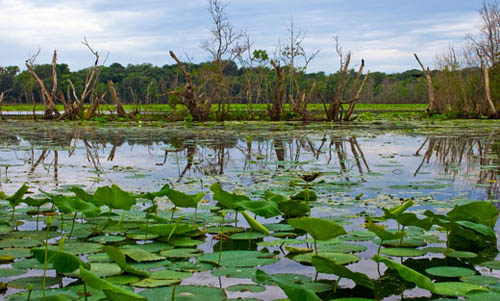 Wetlands are under severe threat from the real estate lobby and industry as they are easy to lease out, Environment Minister Jairam Ramesh said in Ahmedabad on Wednesday.
Wetlands are under severe threat from the real estate lobby and industry as they are easy to lease out, Environment Minister Jairam Ramesh said in Ahmedabad on Wednesday.
Ramesh was at the Space Application Centre (SAC) at the Indian Space Research Organisation (ISRO) campus in Ahmedabad to deliver an address on ‘National Wetland Inventory and Assessment Project’ (NWIA).
“Wetlands have ecological and social value. But a large area of wetlands in India is under threat from real estate lobby and industries such as highways, cement plants and power plants. Now, with a database on the inventory of wetlands being available with the help from the SAC, the Centre can take action on its own to designate important wetlands in the country based on the satellite images,” said Ramesh.
Ramesh’s comments on wetlands come at a time when the Gujarat-based industrial group Nirma had to stop the construction of its proposed cement plant near Bhavnagar in Gujarat as per the Supreme Court (SC) directives.
An expert panel under the MoEF had moved the SC while maintaining that the plant was located on the wetland and environmentally sensitive area and hence required to be shifted from there.
The NWIA project findings noted that the total wetlands area in the country is estimated at 15.26 million hectares, 4.63 per cent of the total geographic area of the country. Of this, Gujarat holds the largest area under wetland with over 3.47 million hectares of area, about 18 per cent of the state’s total geographic area. Andhra Pradesh, Uttar Pradesh, West Bengal and Maharashtra are some of the other states having more than one million hectares of area under wetlands.
Ramesh also claimed that his views on the debate over the melting Himalayan glaciers were vindicated when a study on snow and glaciers of Himalayas conducted by the SAC found the average pace of retreat of the glaciers for the past 15 years at 3.75 per cent. The study found 75 per cent of the Himalayan glaciers retreating, eight per cent advancing and 17 per cent stable.
“This is the first time that a large number of glaciers have been studied by any agency in the world. And it reveals the same what I was criticised for in 2009,” Ramesh said adding that at such linear rate, it would take about 400 years to completely melt Himalayan glaciers. This comes in stark contrast of the claims made in the United Nation’s Intergovernmental Panel on Climate Change (IPCC) headed by Dr Rajendra Pachauri stating that that Himalayan glacier might vanish by 2035. However, after strong opposition, they had to withdraw the report.
Commenting on the Nuclear Power Project being planned at Mithi Virdi in Bhavnagar, Ramesh informed that the state-owned nuclear power producer, Nuclear Power Corporation of India Limited (NCPIL) had undergone a site selection process, as a part of which they had selected Mithi Virdi as a site for the proposed Nuclear Power plant. “Had that been a forest land or a wetland, MoEF could have intervened. Even if it is an irrigated fertile land, this is the land which the state government had offered for the power plant,” said Ramesh.





